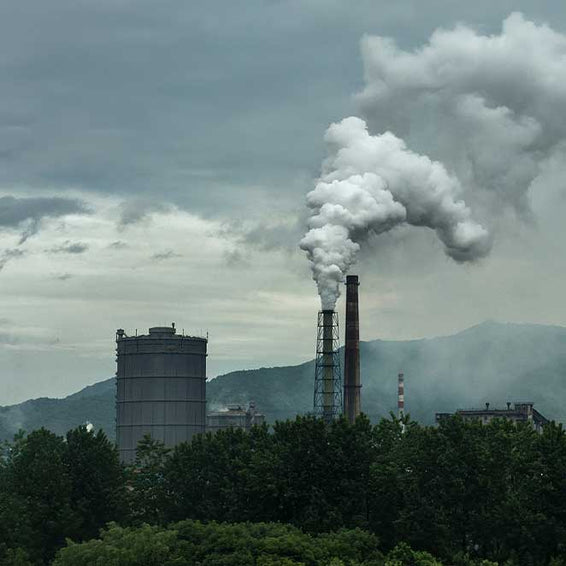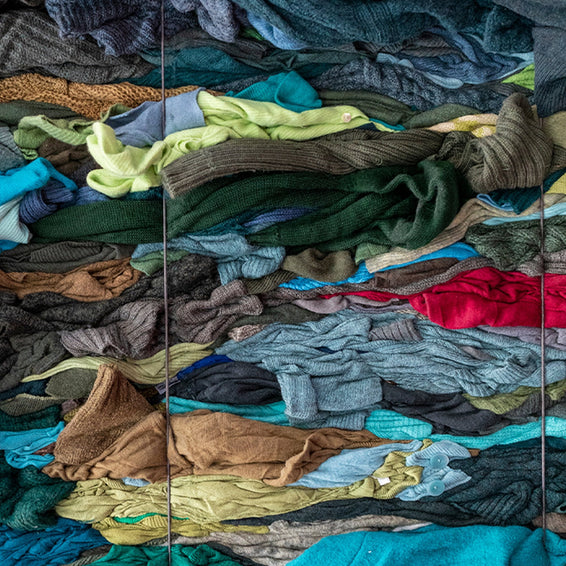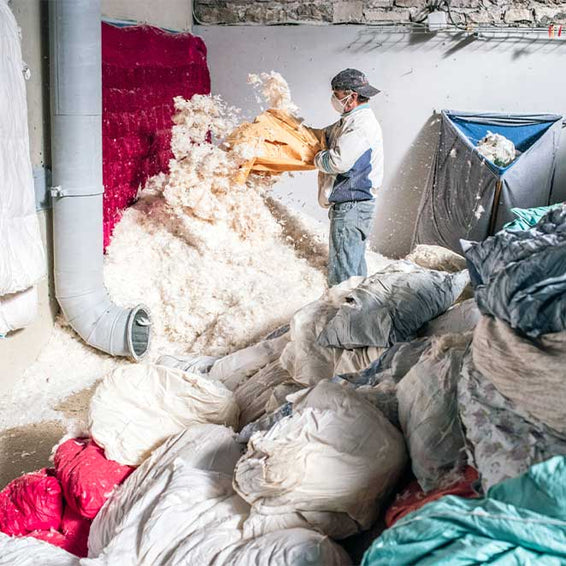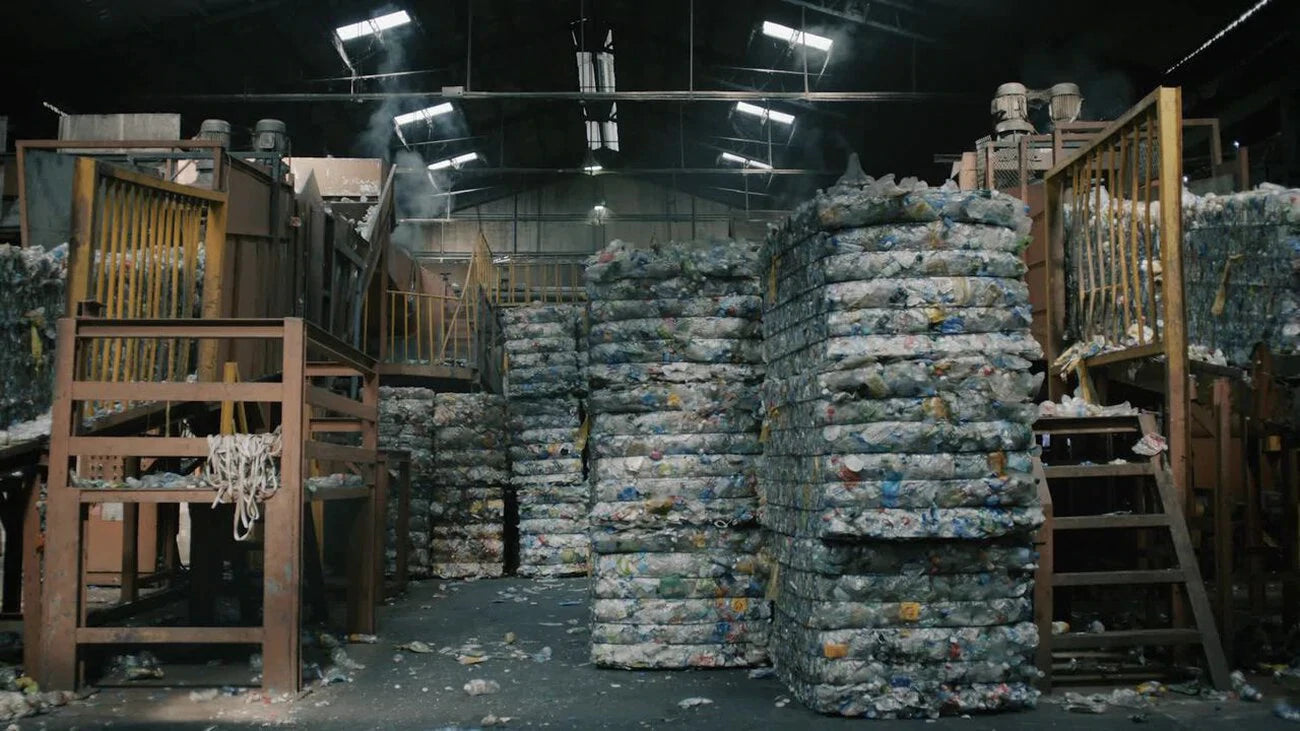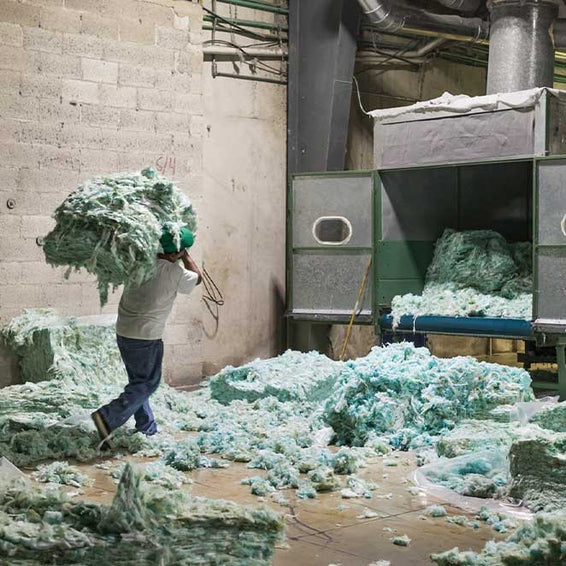Our Industry Has Carbon Issues
Most clothes are made using energy from coal-fueled power plants, which adds warming gases into the air we breathe and accelerates the climate crisis. In just one year, the clothing industry will contribute 1.2 billion tons of CO₂ emissions—that’s as much as international flights and maritime shipping combined.

